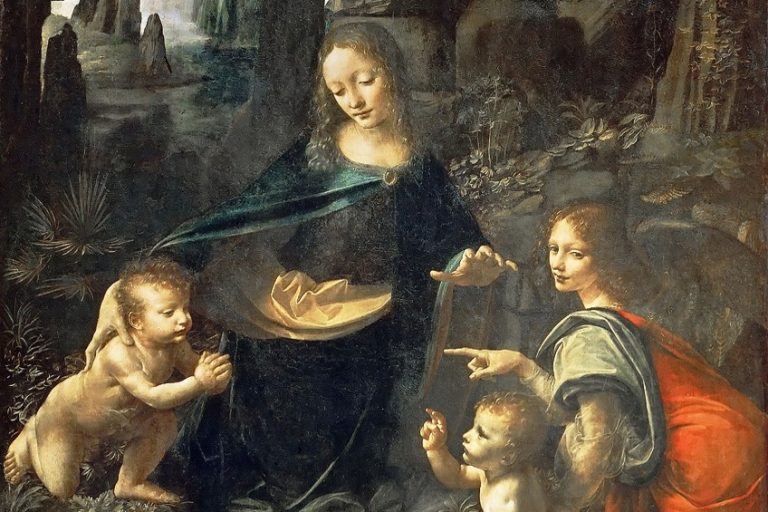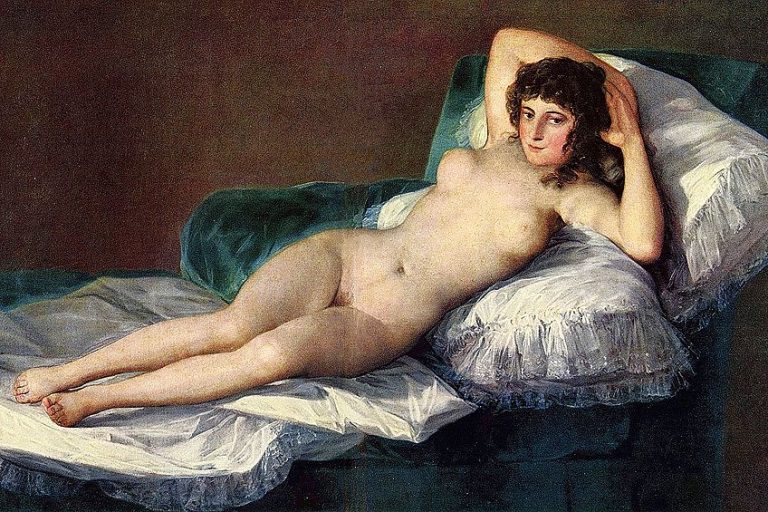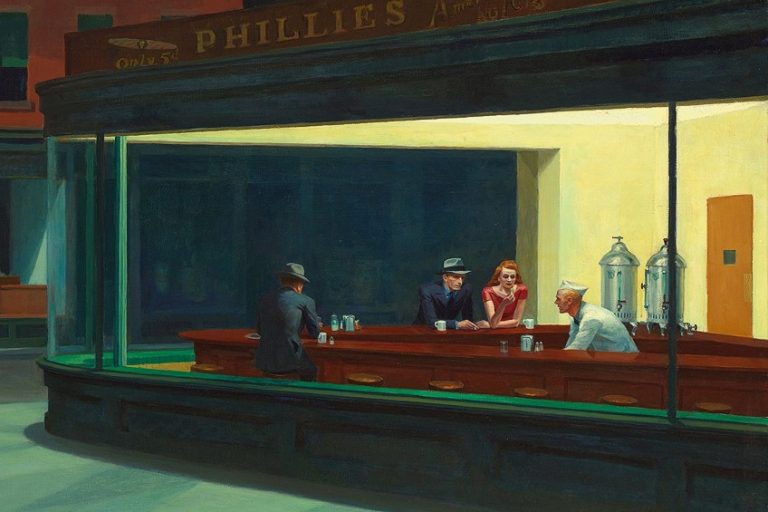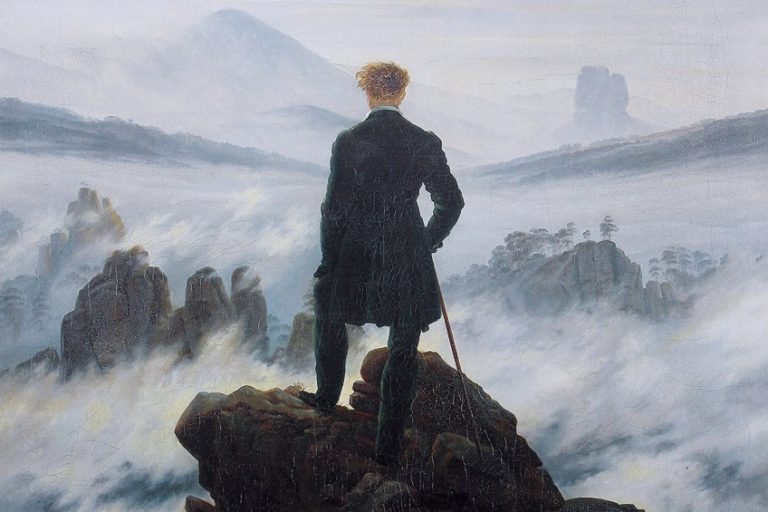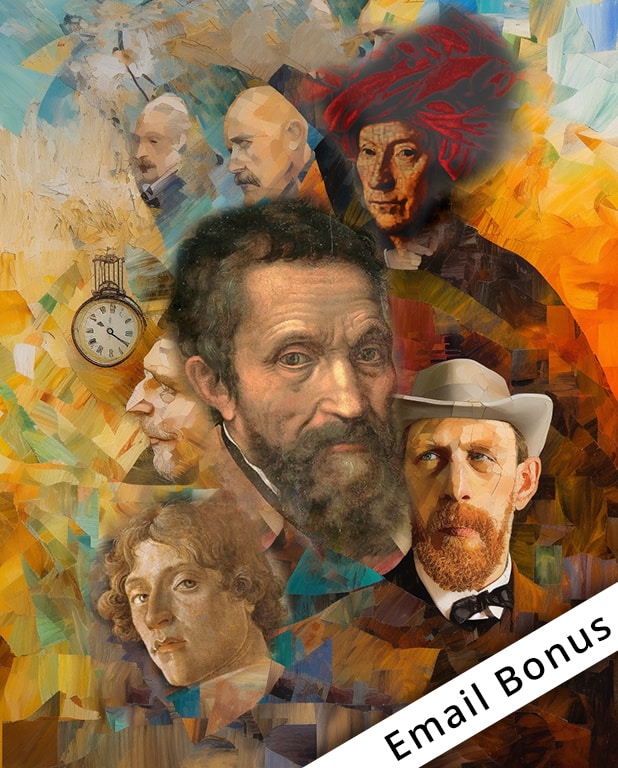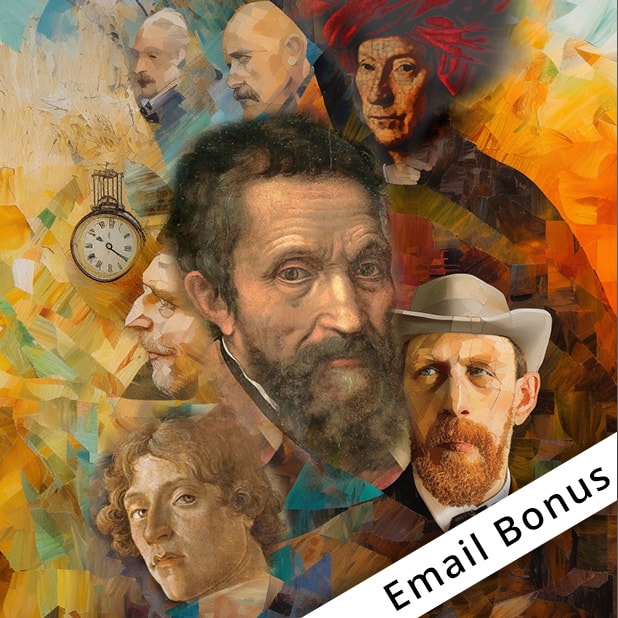“Young Hare” by Albrecht Dürer – Analyzing Dürer’s Rabbit Painting
Albrecht Dürer was one of the most prolific artists from the Northern Renaissance, who was widely recognized for his mastery of detailed representations of animals and plants, which extended beyond the conventional depictions of peasants and saints in art. In this article, we will discuss one of his most popular paintings, Young Hare (1502), which will provide you with valuable insight into the creation of this incredible masterpiece, as well as the talents of the globally renowned printmaker!
Artist Abstract: Who Was Albrecht Dürer?
Albrecht Dürer was a famous German artist, born in Nuremberg on May 21, 1471, and passed away on April 6, in 1528. His father, Albrecht Dürer the Elder, was a goldsmith who married Barbara Holper and gave birth to Albrecht Dürer, who was reportedly one of 18 children. Dürer apprenticed under his father at an early age, but eventually moved on to apprentice under Michael Wolgemut, who was a prolific printmaker and painter at the time.
| Artist Name | Albrecht Dürer |
| Date of Birth | 21 May 1471 |
| Date of Death | 6 April 1528 |
| Nationality | German |
| Associated Movements, Themes, and Styles | Northern Renaissance, still-life painting, the German Renaissance, botanical studies, animal painting, religious art, and Gothic art |
| Mediums | Painting, draftsmanship, printmaking, engraving, and woodcut printing |
Dürer studied under various artists while traveling across Europe and honed his skills in printmaking and painting, with a specific interest in engraving and woodcut printing.
Dürer was inspired by art from the Italian Renaissance and became a pioneering Northern Renaissance artist who also inspired many others from the Italian Renaissance by becoming a pioneer in printmaking. He was best known for his keen eye for detail and naturalistic depictions of subjects featuring animals, plant life, and religious figures. Some of his famous masterpieces include The Four Horsemen of the Apocalypse (1498), Self-Portrait with Fur-Trimmed Robe (1500), and Praying Hands (1508), with his most well-known work captured through the study of a wild hare. Below, we will dive into an in-depth analysis of Feldhase.

Young Hare (1502) by Albrecht Dürer in Context
German artist Albrecht Dürer’s most recognizable artwork, Young Hare, was also known as Feldhase. The German title directly translates in English to “field hare”, which is commonly recognized as wild hare in English. The painting became so famous and admired for its exceptional detail that it was copied by around 12 of Dürer’s contemporaries. Below, we will dive into an in-depth analysis of the work, including a few common characteristics of Albrecht Dürer’s art within the scope of the Northern Renaissance, and the different elements and principles that Dürer used to create the image of the rabbit.
It is important to note that Albrecht Dürer’s surname can be spelled differently. We have introduced him here as Albrecht Dürer, although “Duerer” is another less-common spelling of his surname found in art history.
| Date | 1502 |
| Medium | Watercolor and body color (gouache) on paper |
| Dimensions (cm) | 25.1 x 22.6 |
| Where It Is Housed | Albertina Museum, Vienna, Austria |
A masterpiece of observational art, this famous watercolor study of a wild hare is perhaps the most recognizable painting by the German Renaissance painter, who was a master of observation, and included many intricate details in his works. The image of the hare is no exception since it is a demonstration of Dürer’s skillful handling of color, light, detail, and texture that mimics a scientific study. From the spark of life emanating from this gentle creature’s eyes to the life-like vitality in its color, the details of this painting will surprise you!
Contextual Analysis: A Brief Socio-Historical Overview
Albrecht Dürer was a multi-talented artist, whose range extended beyond the traditional mediums such as painting and drawing, and included engraving, writing, and theory. Dürer was active during the Northern Renaissance period, which ran alongside the Italian Renaissance, however, the stylistic approaches were different.
It is important to acknowledge that Dürer’s “Young Hare” was a subject not typically painted or acceptable to paint at the time.
Northern Renaissance artists focused more on painting everyday scenes from the lives of peasants but still carried connotations with religious devotion. The Italian artists painted mythological scenes from Classical Greece and Rome, as well as biblical narratives.

Furthermore, the Italian Renaissance artists often painted in service to the Papacy, with elements of idealization in their subjects, whereas the Northern artists were influenced by the ideals held by Protestantism and the Reformation.
The Northern Renaissance artists then began painting different types of subjects, which broadened the scope for the development of their practices and technical skills.
Among these artists was Dürer, whose approach to still-life painting included scenes of nature and animals, some of which became incredibly popular. Other renowned examples of his work in watercolor include Great Piece of Turf (1503) and his woodcut print The Rhinoceros (1515), each depicting detailed “observations” or studies of the subject matter.

Formal Analysis: A Brief Compositional Overview
Below we will discuss the Young Hare painting in more detail and review how Albrecht Dürer utilized colors, brushwork, lines, and shapes to construct the compositional space. In breaking down the layers of Albrecht Durer’s work, you can begin to understand the depth and vitality of his work.
Analyzing the Subject Matter: A Visual Description of Young Hare
From the texture of the fur to the almost photographic accuracy that Dürer rendered the hare in, there are many wonderful visual points to examine. The title Young Hare, refers directly to the almost scientific study of a brown-furred hare in a semi-rested position. Portrayed in different directions of light, the image of the hare is brought to life and as a portrait of a mature specimen. The hare’s whiskers and eyes are rendered in superb detail for a watercolor painting with its front legs and paws placed parallel to each other and its hind legs tucked under its stomach. The hare’s eyes appear focused ahead with a visible glimmer in its right eye (our left) and a partial glimmer in its left eye (our right). Its ears are propped up as an indication of its vitality and awareness but there is a partial twist on its right ear (our left) to indicate the animal’s acute sense of hearing and invisible sound that makes the hare look and feel as though it has just heard something.
Some have described the hare as ready to jump away, as if it has spotted someone or something (possibly us, the viewers). Furthermore, the hare is depicted in a naturalistic manner, described as “hyper-realistic”, with great attention to detail on the variations of brown on the hare’s fur and its whiskers.

A contested point on the painting is whether Dürer painted a real-life hare or if he depicted a stuffed hare in his workshop. Furthermore, many scholars have pointed out the reflection in the hare’s right eye (our left), which appears to be a window.
This indicates that Dürer possibly painted the hare in a studio or workshop.
The idea that Dürer painted the hare in a studio or workshop is also a point of debate since the artist often painted effects such as reflected light to add more vibrancy to the subject, so that it appears more real. Therefore, the reflection could simply be an effect to give the hare more Realism. At the bottom of the composition is Dürer’s monogram, which appears almost like a logo and signature, depicting the artist’s initials “A” and “D” as well as the date, “1502”, above it.

An Analysis of Color in Young Hare
After Dürer’s visit to Italy in the late-15th century, he returned to Germany with a variety of new skills and approaches in mind to use on one of his most beloved works. Infused with a gentle warm golden light, the Young Hare appears in various hues of brown ranging from light tones to dark shades, rendered in light brushstrokes. There are also areas of white mixed with brown, where the hare’s fur appears softer and fluffier near its stomach area, as well as close to the right side (our left) of its face. It must have also been quite difficult to render the color of the hare since the creature displayed a mixture of darker patches that shifted in the lighting conditions of the space.
Dürer’s painting process was believed to involve a preliminary sketch of the hare, followed by the application of watercolor and gouache.
He also applied what is known as a “wash” with more variations of colors utilizing the body color and watercolor paints to fill in the fur, as well as other details like the eyes. He applied layers of paint to create various color and textural effects. There is also a light source, which appears to originate from the left of the composition and casts the hare’s shadow to the right of the composition. If the reflection in the hare’s eye is indeed Dürer’s workshop window, the light source was possibly located within the studio. An interesting fact about Dürer’s process was that he often used his body color studies as inspiration for his print works.

Exploring the Texture in Young Hare
Texture is a significant part of the Young Hare by Albrecht Dürer, which appears as implied texture from the skillful application of brushstrokes, as well as the physical appearance of the brushstrokes, which creates a visual embodiment of the animal. Without such detail, the painting would not appear as realistic as it is today. So, how did the German artist create such a remarkable texture in the image?
Dürer applied variations of brushstrokes, from short and choppy strokes around its face and ears, as well as long and curvy brushstrokes to depict the curls of the fur and tiny hairs.
Additionally, the brushstrokes also vary in thicknesses, from thin strokes appearing around most of its body to indicate the thinner hairs to the thicker strokes visible on the tops of its front legs and around its nails. To depict such immaculate details, Dürer must have studied the hare in a great amount of detail with special attention to the animal’s texture and movement in different directions in the fall of light. To highlight the underlying form of the creature, Dürer also applied washes of brown watercolor to build the texture of the fur.
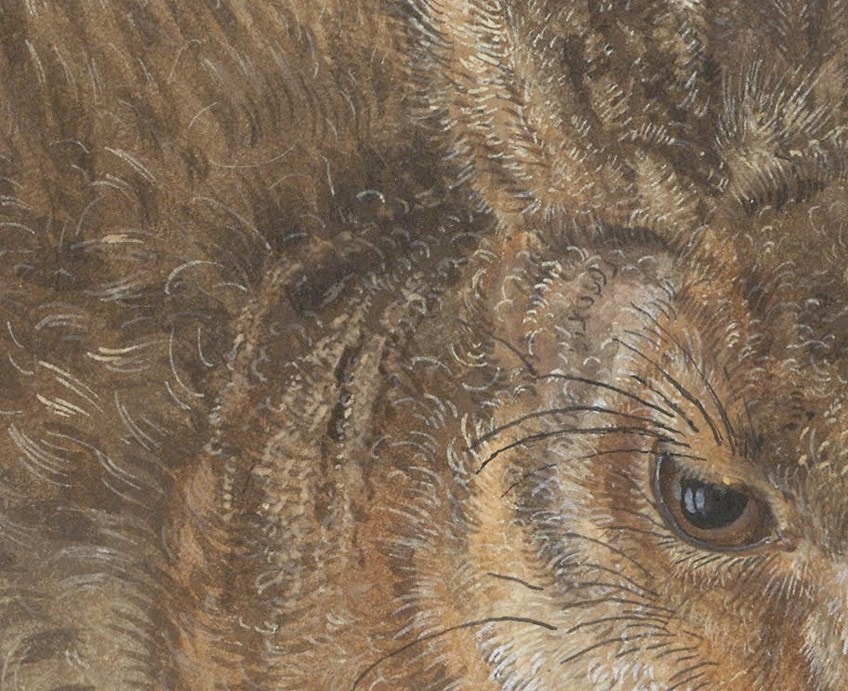
An Analysis of Line in Young Hare
There are primarily curved and curly lines created by the brushstrokes in Young Hare by Albrecht Dürer, which portray the hare’s hair and fur. These types of lines are organic, thus creating a naturalistic depiction of the furry animal. Of course, Dürer also faced technical challenges, which included the challenge of constructing the appearance of light on a multi-textured subject that also required him to alter the standard conventions of shading using line.
Examining the Shape and Form in Young Hare
The shapes and forms that dominate the Young Hare painting are organic, which means that it is based on natural forms, and in this depiction, it is the natural form of an animal. One example can be seen in the contrast of line work to the creature’s eye, which is soft, smooth, and displays a different texture to that of the hare’s fur. Furthermore, the cross-barred reflection seen in the hare’s eye was a common technique that the theorist adopted to add life to his subjects.
Some of the dominant shapes that you can spot are more curved and rounded, given the natural form of the hare in its resting state.
Other examples include the shape of the hare’s body juxtaposed with the angular shape of its nose, which still holds a natural curvature. Its front legs create an almost rectangular elongated shape, but it too retains a curvature solely found in natural forms.

Observations of Space in Young Hare
Perhaps one of the most spectacular aspects of the painting is the meticulous reflection of a window in the hare’s eye. Dürer depicted the hare to face the viewer but from an angle where we see the right side of the hare’s body. Additionally, he also created the hare in an angle that represents it from an elevated vantage point, as though we are observing the hare from above. This creates more dynamism in the painting and provides contrast.
If we look at positive and negative space, here, the hare takes up the positive space and the rest of the area on the piece of paper is the negative space.
Dürer’s Dear Rabbit
Reportedly there were numerous copies of the artist’s dear hare. Around 13 copies were created from “Dürer’s rabbit”, which was a more endearing term as we have grown fond of this small mammal throughout the centuries. However, Young Hare was also copied by Hans Hoffmann, another German artist, who produced numerous other nature studies and paintings.
While it is unclear whether Albrecht Dürer painted the “Young Hare” strictly as an observational study of an animal or if he intended for it to have a deeper meaning, what remains clear is that the German artist excelled at recording fauna and flora in immaculate detail. One can also appreciate the Realistic and Naturalistic rendering of texture, color, and form that Dürer brought to the 16th century and inspired many to attempt to reproduce such a masterpiece!
Take a look at our Young Hare painting webstory here!
Frequently Asked Questions
Who Painted the Young Hare?
The Northern Renaissance painter Albrecht Dürer, also known as Duerer, painted the Young Hare in 1502. It is also titled Feldhase in German, which translates to Field Hare. According to numerous examples that discuss the Young Hare, the animal is believed to be older than the title suggests.
Where Is the Young Hare Painting?
The Young Hare (1502) painting is housed at the Albertina Museum in Vienna, Austria. Reportedly, it is only exhibited every several years in the museum’s special exhibitions program to maintain its preservation and limit its exposure to light due to its sensitivity.
Why Did Albrecht Dürer Paint the Young Hare?
It is believed that Dürer painted the Young Hare (1502) simply to render a visual depiction or scientific study of the animal. There is no inherent symbolism or meaning behind the composition; however, this is also questionable since some scholars believe it was created to complement the development of his other artworks. Dürer was known to use his paintings and studies as preparatory works for his prints.
Alicia du Plessis is a multidisciplinary writer. She completed her Bachelor of Arts degree, majoring in Art History and Classical Civilization, as well as two Honors, namely, in Art History and Education and Development, at the University of KwaZulu-Natal, South Africa. For her main Honors project in Art History, she explored perceptions of the San Bushmen’s identity and the concept of the “Other”. She has also looked at the use of photography in art and how it has been used to portray people’s lives.
Alicia’s other areas of interest in Art History include the process of writing about Art History and how to analyze paintings. Some of her favorite art movements include Impressionism and German Expressionism. She is yet to complete her Masters in Art History (she would like to do this abroad in Europe) having given it some time to first develop more professional experience with the interest to one day lecture it too.
Alicia has been working for artincontext.com since 2021 as an author and art history expert. She has specialized in painting analysis and is covering most of our painting analysis.
Learn more about Alicia du Plessis and the Art in Context Team.
Cite this Article
Alicia, du Plessis, ““Young Hare” by Albrecht Dürer – Analyzing Dürer’s Rabbit Painting.” Art in Context. September 6, 2022. URL: https://artincontext.org/young-hare-by-albrecht-durer/
du Plessis, A. (2022, 6 September). “Young Hare” by Albrecht Dürer – Analyzing Dürer’s Rabbit Painting. Art in Context. https://artincontext.org/young-hare-by-albrecht-durer/
du Plessis, Alicia. ““Young Hare” by Albrecht Dürer – Analyzing Dürer’s Rabbit Painting.” Art in Context, September 6, 2022. https://artincontext.org/young-hare-by-albrecht-durer/.





